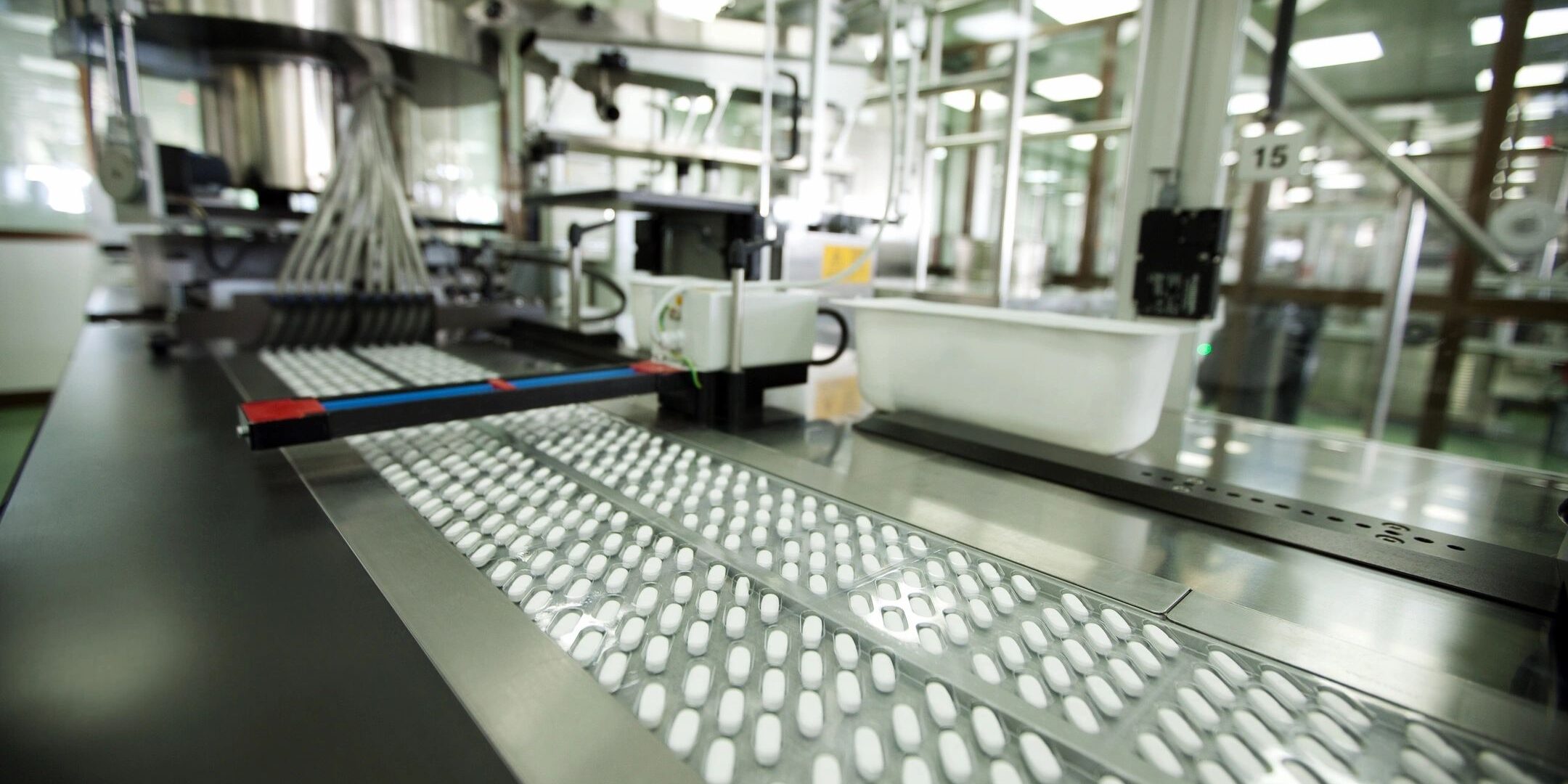Formulation chemistry is the systematic and step-by-step approach to pharmaceutical development. Nowadays, as the usage of medicines is increasing, pharmaceutical companies are more eager to bring manufacturing a new look in quality and performance. It involves designing, analyzing, and controlling manufacturing by taking timely measurements to ensure final product quality, efficacy, and safety.
Pharmaceutical Product Development is an inventive insertion in pharmaceutical industries and its regulatory authorities. When we talk about pharmaceutical development, it emphasizes a proper approach to pharmaceutical quality by design (QbD). There are different tests to assess the quality of a pharmaceutical product. So design quality is linked to product performance.
The cost of creating a new pharmaceutical dosage has risen at an unparalleled rate in the pharmaceutical sector. In contrast, the number of new drugs approved and accepted in the marketplace has dropped to an all-time low. This condition of things is due to several variables. Collaboration with the biotechnology industry is one of the primary opportunities for the pharmaceutical business to remedy this situation. Offshoring, sophisticated information technology, climate change, and a fresh approach to sales and marketing are all opportunities that the pharmaceutical sector may use. Now a big challenge over here with the pharmaceutical company is the cost-effectiveness of Pharmaceutical Product Development.
Origin
The pharmaceutical industry’s techniques for discovering and developing new treatments have changed dramatically over the last two decades. Since 1982, when the Federal Drug Administration (FDA) approved the first recombinant biotechnology drug, insulin, for human use, biotechnology, particularly biologic entities and biological processes, has provided key inputs for the development of pharmaceutical goods.
Many pharmaceutical goods would not have been possible without the use of biotechnologies over time. Biotechnology and genomics businesses were projected to perform around one-fifth of all pharmaceutical research and development in 2004. (R&D). Hereafter the dynamics of Pharmaceutical Product Development started and were driven by technological changes.
Current compressions to crop new products in shorter time frames have given rise to the new product development procedures that are less streamlined and rigid than traditional processes. The pharmaceutical sector has certain distinct characteristics that influence product development.
It is heavily regulated by governments, spends far more on research and development than the ordinary industry, and new product development is heavily influenced by identifying new therapeutic entities. The basic parameters or key objectives on which Pharmaceutical Product Development are reformulation, prototype development, the scale-up and optimization of different dosage forms. Each stage’s impacts and duties, as well as the precise requirements, are discussed. The importance of preformulating in the manufacturer’s perception is also discussed, and its aspects and primary disciplines.







